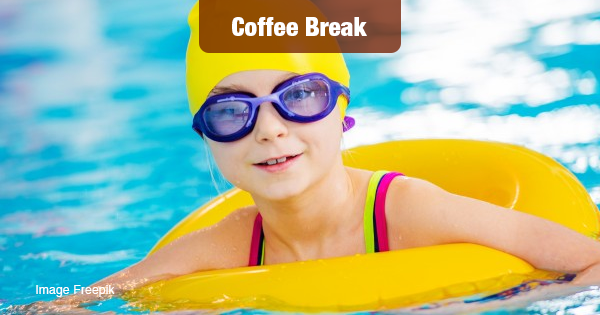
Children and Swimming: Pool-Safe Does Not Equal Open-Water Safe
Many children learn to swim in pools. This is good, but it doesn\'t exactly prepare them for the challenges of swimming in open water, according to Safe Kids Worldwide.
As summer swimming season kicks off this Memorial Day weekend, Safe Kids Worldwide and Nationwide's Make Safe Happen program are releasing a new report highlighting the danger of childhood drowning, with a specific focus on incidents that occur in lakes, rivers, oceans and other types of open water.
- Overall, an estimated 1,000 children fatally drown in a single year, 70 percent of them between May and August.
- An additional 7,000 children end up in the emergency room because of a drowning scare. That means a minimum of 150 families a week are impacted by a tragic or frightening event.
- Most often those drownings take place in open water. A 10-year-old, for example, is three times more likely to drown in open water than in a pool. Older teens are more than eight times more likely to die as a result of an open water drowning than a pool drowning.
- Boys are at greatest risk: 8 in 10 open water fatal drowning victims are males.
- African American children are twice as likely to fatally drown in open water than their white counterparts. American Indian children are at even higher risk.
What Should Parents Do?
The report also features a variety of tips that parents and caregivers can use to keep children safe in and around open water. These include:
- Use designated swimming and recreational areas whenever possible. Professionals have assessed the area, and there are usually signs posted regarding hazards and lifeguard schedules.
- Watch kids when they are in or around water. Keep young children and inexperienced swimmers within arm's reach of an adult. Make sure older children swim with a partner every time.
- Make sure children learn to swim. Every child is different, so enroll children in swim lessons when they are ready.
- Use a U.S. Coast Guard-approved life jacket in and around open water. Get a life jacket (also called a personal floatation device or PFD) that is appropriate for a child's weight and the water activity.
- Learn water rescue skills and CPR. It is important to know how to respond in an emergency without putting yourself at risk. Learning basic rescue skills and CPR may help you save a child's life.
For more information on keeping children of all ages safe around all types of water, go to safekids.org/watersafety

